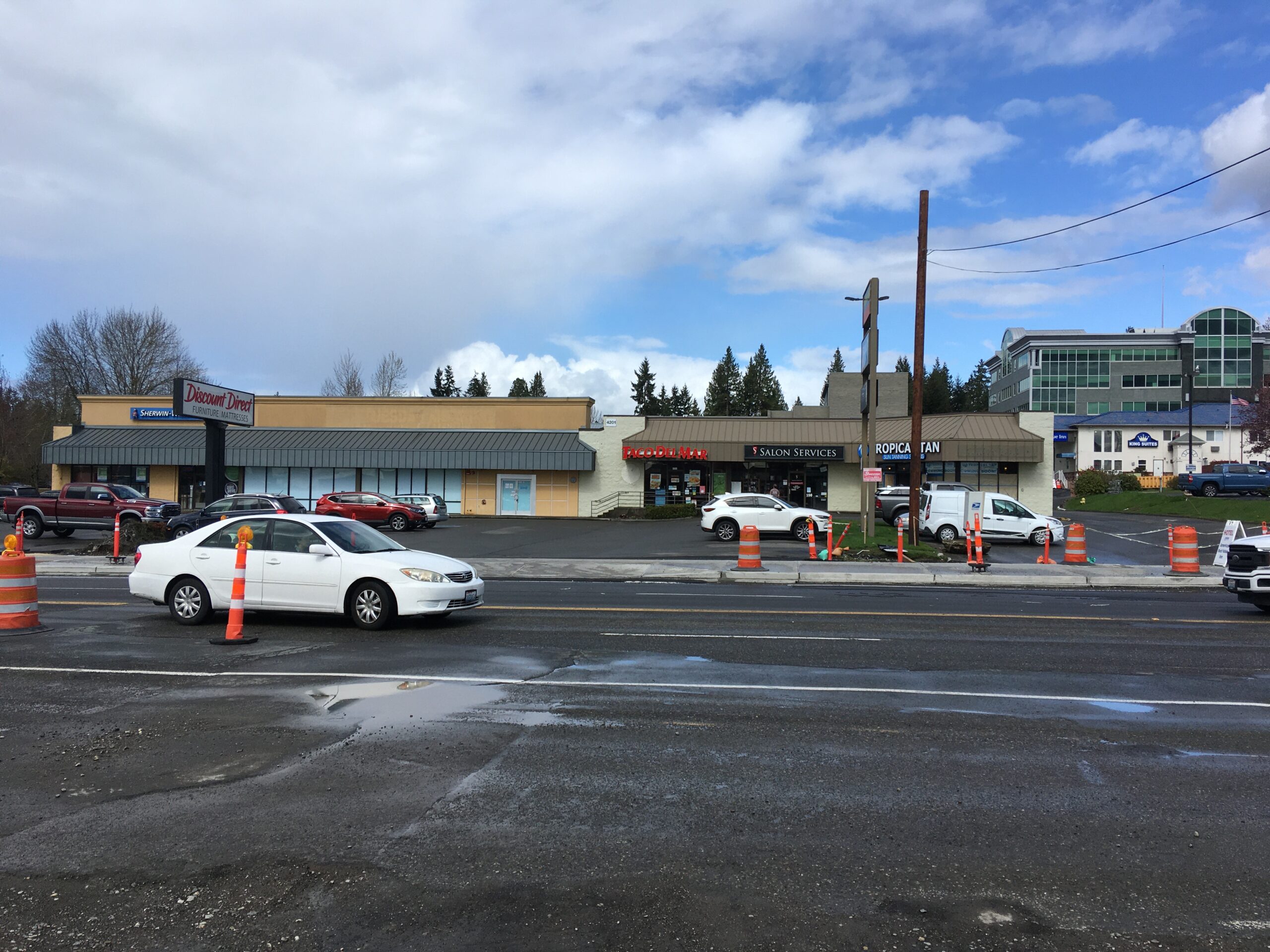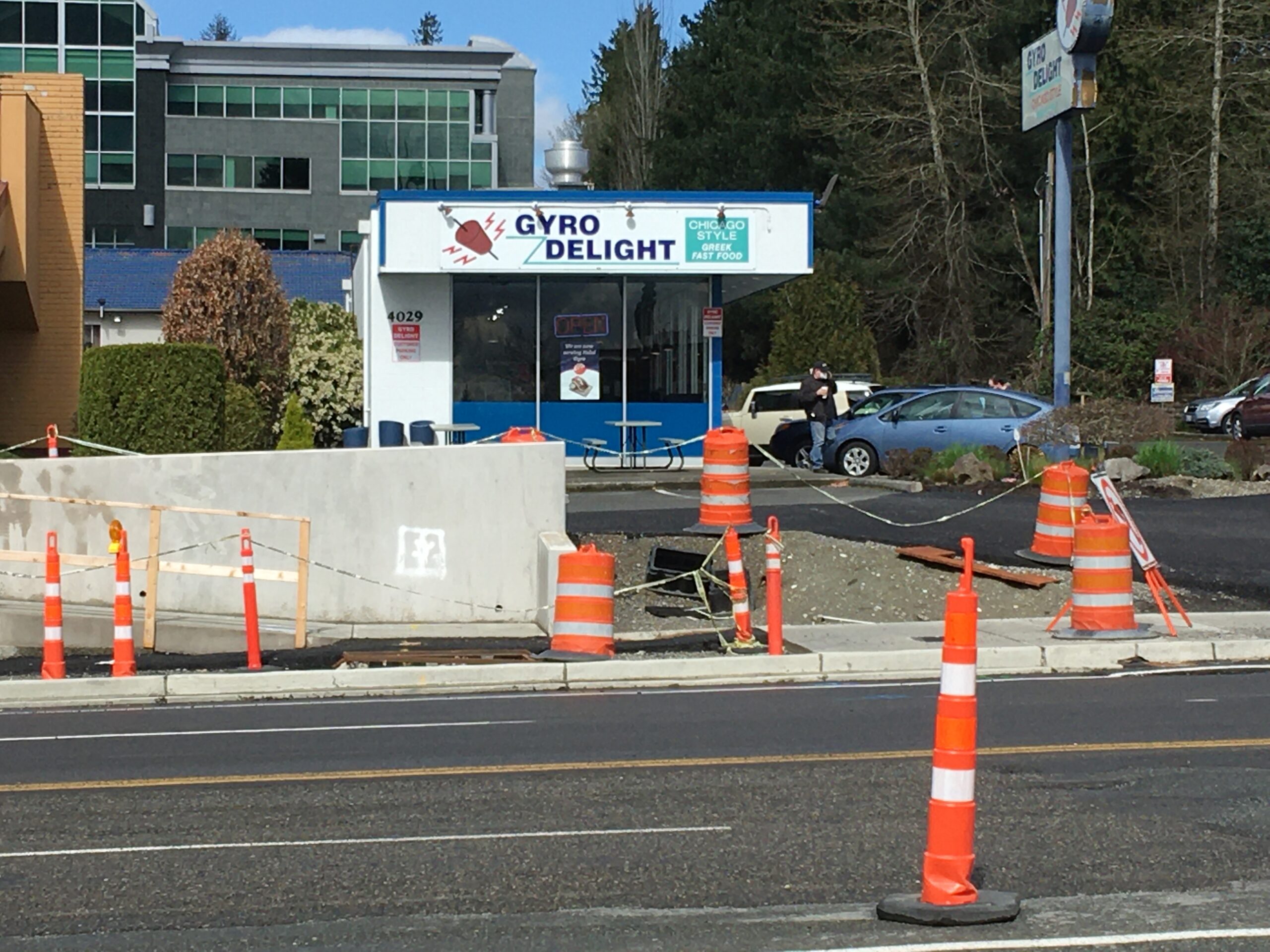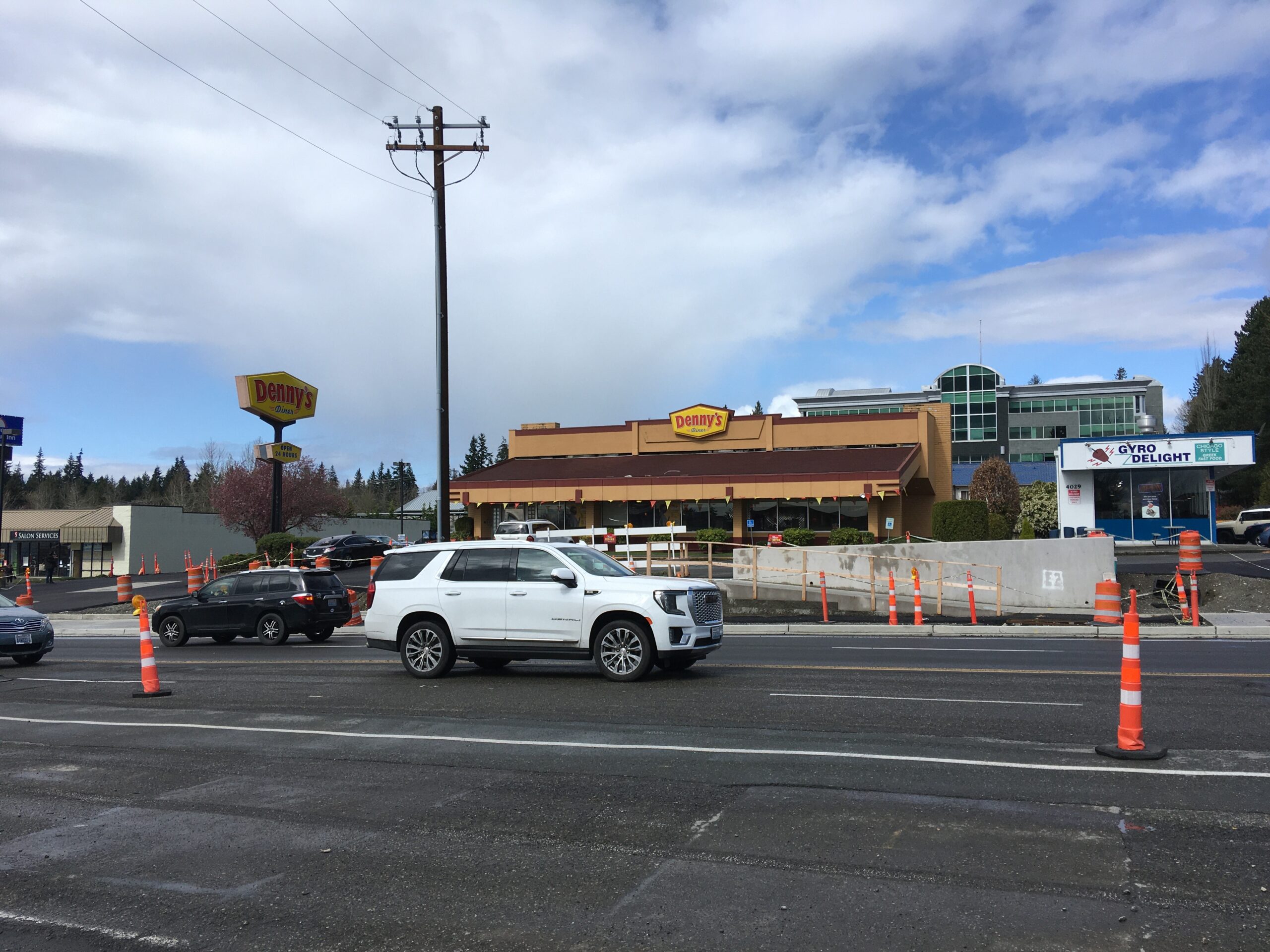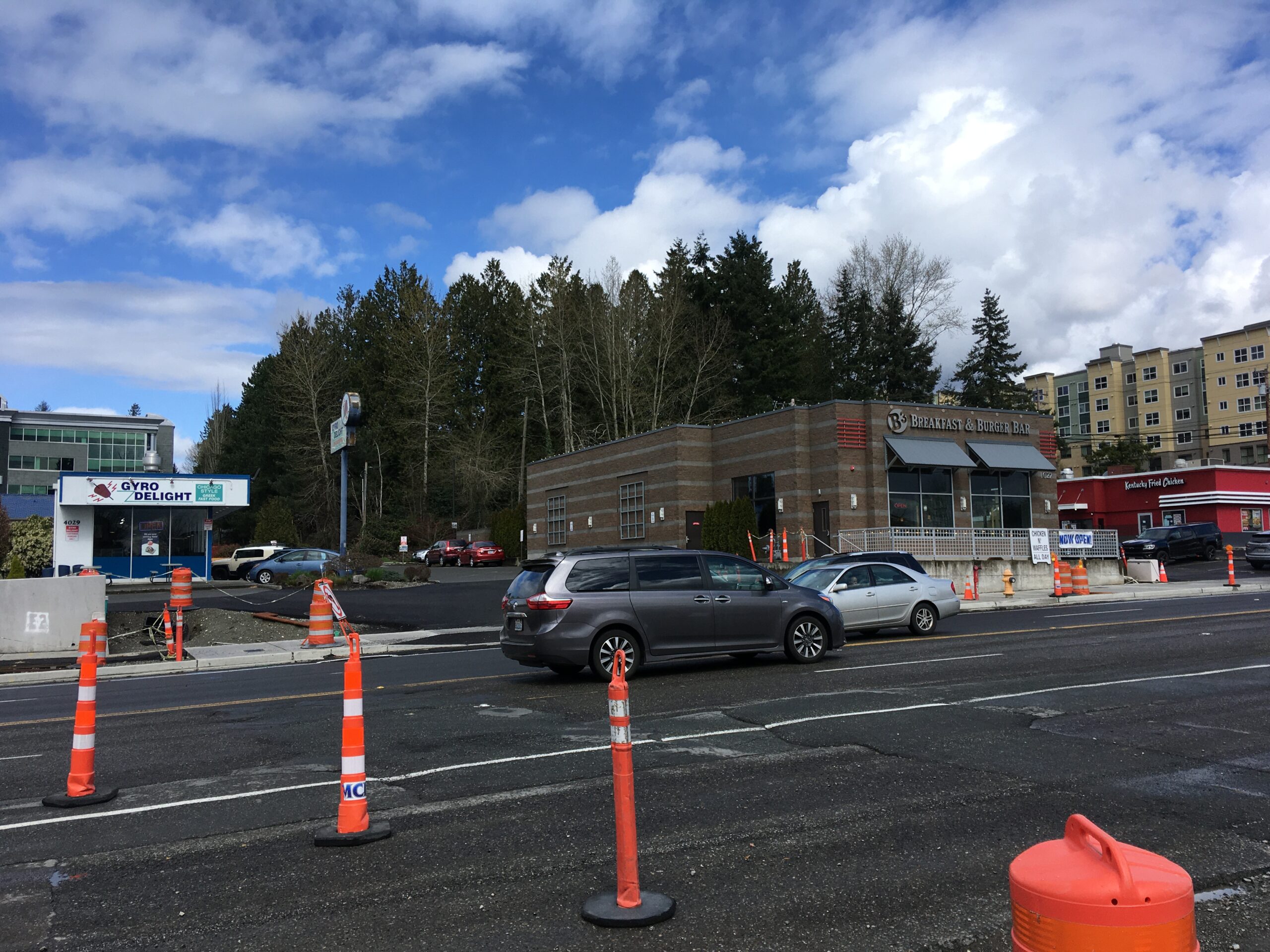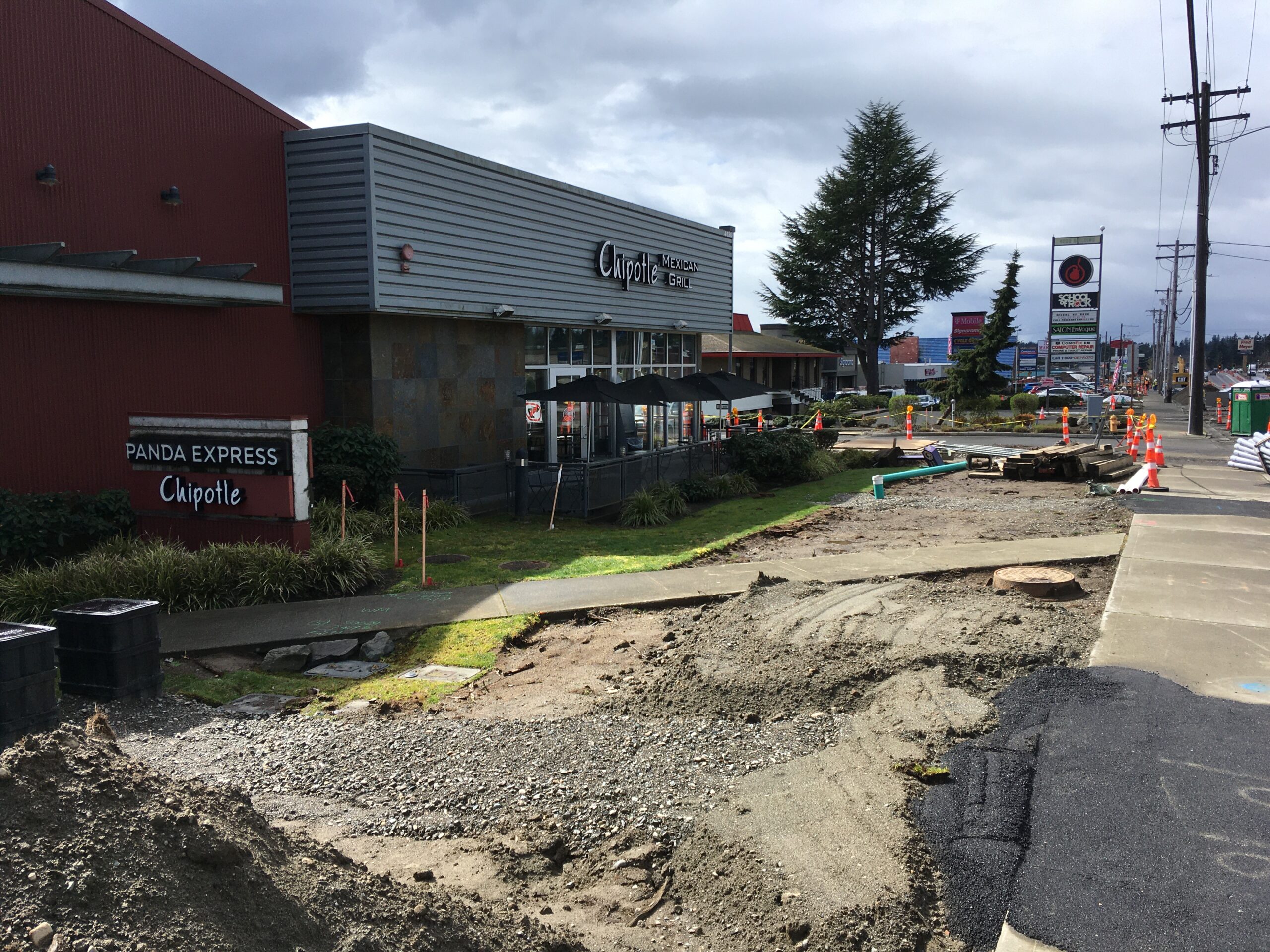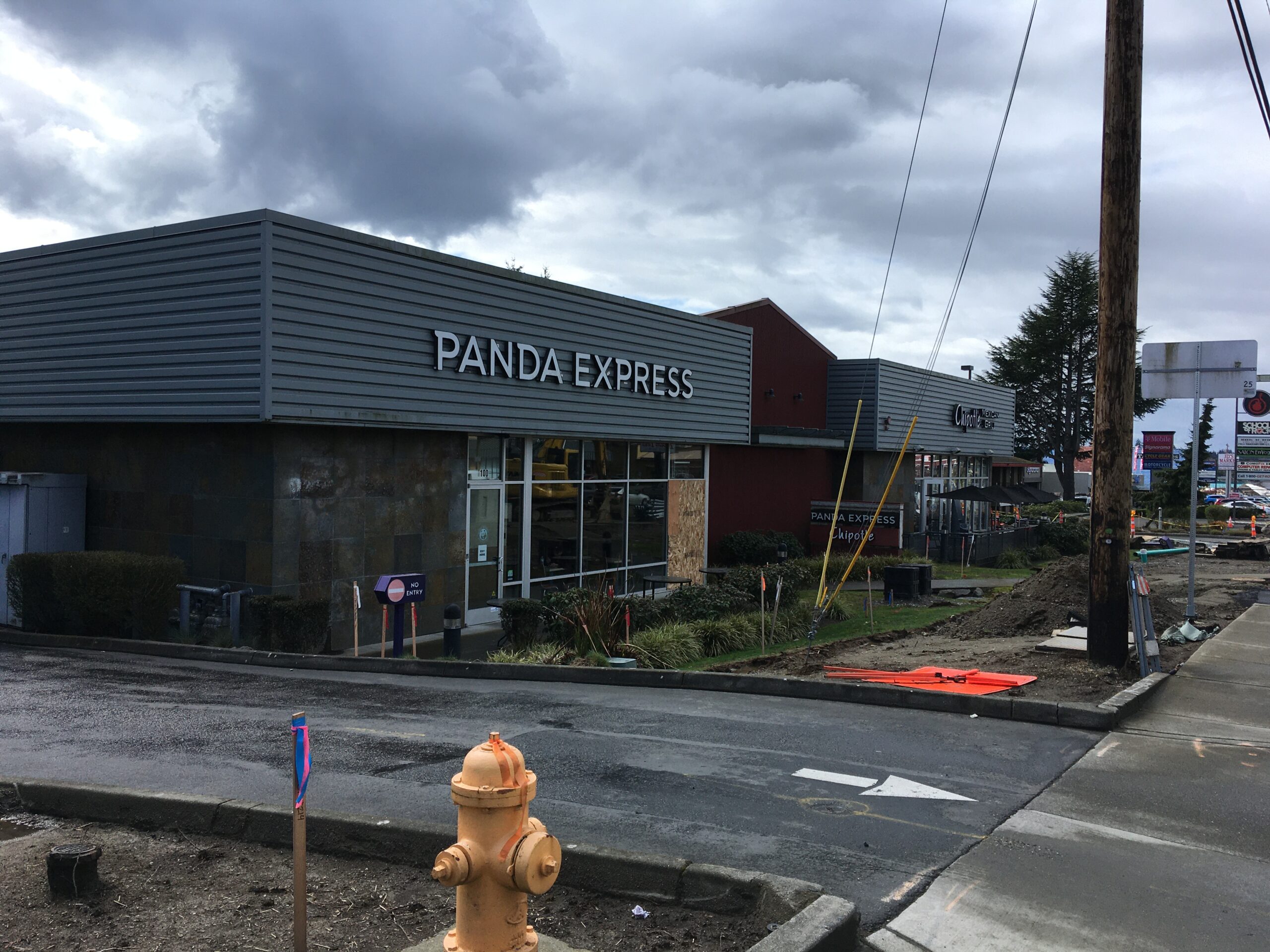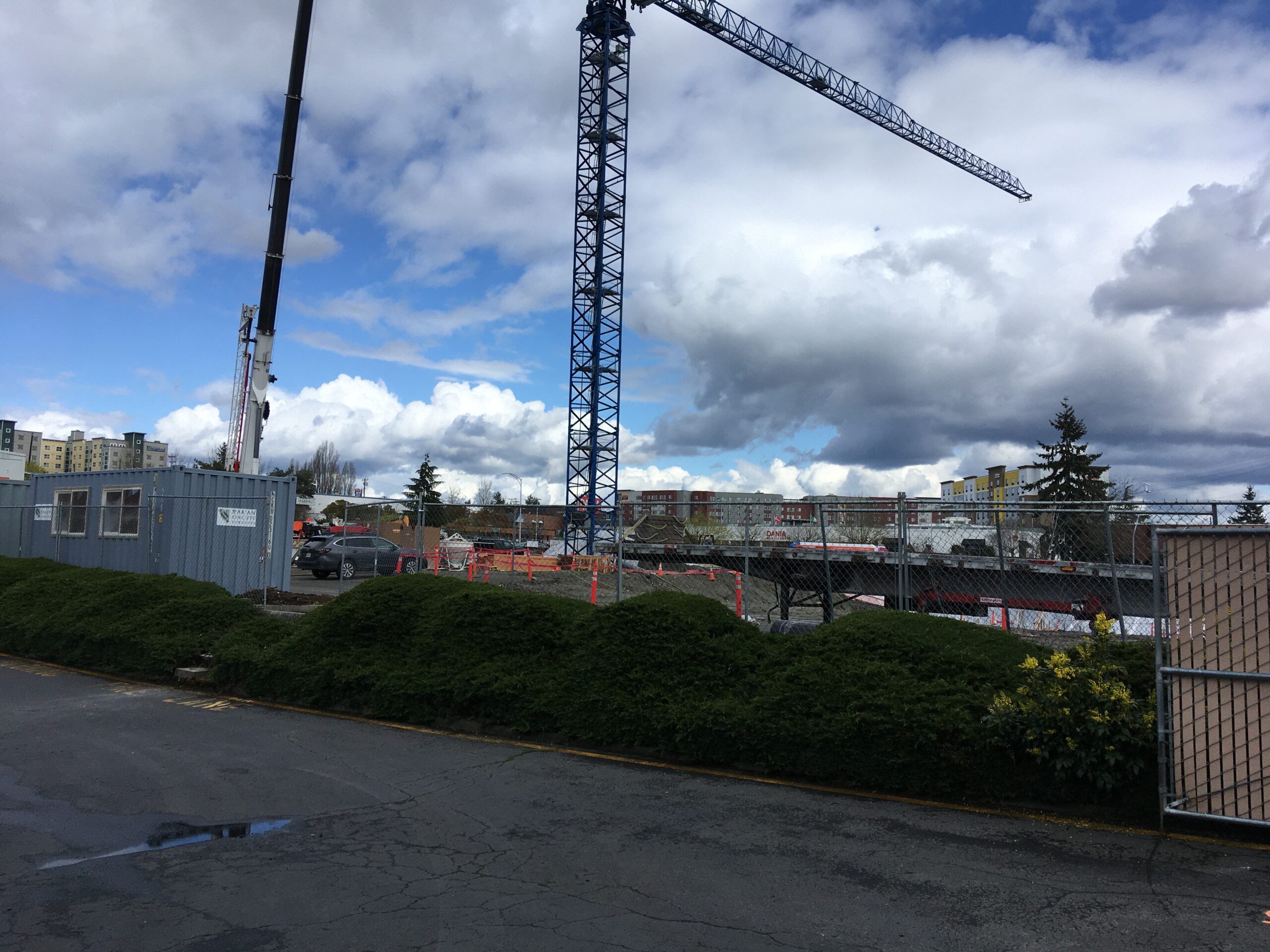Project Details
- Natural Resources & Permitting
Client
City of Lynnwood
Date
June 2021 – Present
Location
42nd Avenue West between Alderwood Mall Boulevard and 196th Street SW
Team Members
Alyssa Ballinger Johnson
Amy Maule
Chris Sommer, EIT
Kathryn Hartley
Steven Quarterman
42nd Avenue West Extension
This project is part of the City of Lynnwood’s mission to create a vibrant and dynamic city center where residents and visitors will have opportunities to live, work, shop, and play. The City’s core centers around the 42nd Avenue West corridor.
The project will include a new segment of 42nd Avenue West between Alderwood Mall Boulevard and 196th Street SW. The new segment is all-new infrastructure and incorporates multiple travel lanes, on‑street parking, sidewalks, curb, gutter, landscaping, hardscaping, illumination, traffic signals, retaining walls, utility improvements and channelization, and signing. The project will receive federal funds from the Federal Highway Administration (FHWA) distributed through Washington Department of Transportation (WSDOT) Local Programs.
The 42nd Avenue West Extension project facilitates access to the city center and public transit.
The new road segment will support the City’s broader plan for improvements to the city center. More than a decade of planning has identified numerous goals and needs for a city center, including creating a finer street grid that supports new development and improves walkability.
Landau is collaborating with the City, the design team, and WSDOT Local Programs on obtaining National Environmental Policy Act (NEPA) approval and providing a broad range of environmental services.
The challenge
This project presents permitting challenges because of the federal funding that requires NEPA documentation and associated documentation and consultations. The project corridor includes historic buildings and recreational (park) property that require Section 106 and Section 4(f) documentation and consultation. Landau’s due diligence efforts through Phase I and Phase II Environmental Site Assessments (ESAs) also unearthed a Recognized Environmental Concern of potential contamination associated with past land use.
Our Approach
To keep this project moving forward and keep the permitting process off the project schedule’s critical path, Landau supported preapplication meetings with WSDOT Local Programs to clarify the NEPA Categorical Exclusion process. Landau’s permitting approach streamlined the Section 7 Endangered Species Act, Section 106 National Historic Preservation Act, and Section 4(f) documentation. Landau compiled the Individual Section 4(f) Report to document project alternatives and associated resource impacts for review and approval by FHWA and the US Department of the Interior.
Landau managed a historic resources subconsultant that provided the initial historic inventory and developed mitigation documents. Landau then supported development of the Section 106 National Historic Preservation Act Memorandum of Understanding for mitigation of unavoidable adverse effects to historic resources.
The Landau team also completed Phase 1 and Phase 2 ESAs and compiled the Traffic Noise Assessment associated with new proposed roadway.
The Solution
Landau’s close coordination with the regulatory agencies combined with high-quality permits and reports streamlined the permitting process and allowed the project to move forward without delay:
- Achieved NEPA compliance through a Documented Categorical Exclusion.
- Facilitated FHWA and US Department of the Interior approval of Section 4(f) with a proposed roadway alignment that limited impacts to historic buildings and provided direct access to the future Town Square Park.
- Compiled a No Effect determination for listed species as the project did not increase the area of pollution-generating impervious surface and did not require consultation.
- Utilized the WSDOT Approved Screening Method for completing the traffic noise analysis, which did not require collection of ambient noise measurements or model validation.
- Determined through the Phase 2 ESA that detected concentrations of potential contaminants did not pose a risk to human health or the environment and therefore did not require further action.
